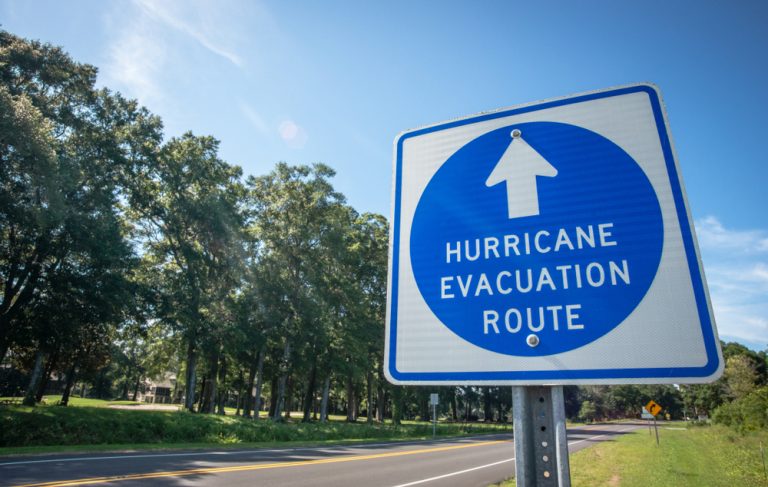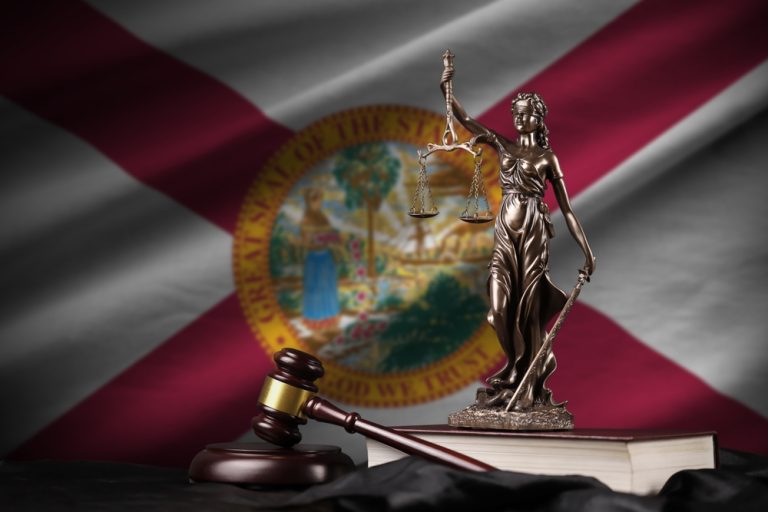Navigating the Shift: Florida’s Comparative Negligence Jury Instructions After HB 837
Navigating the Shift: Florida’s Comparative Negligence Jury Instructions After HB 837
In March 2023, House Bill 837 was signed into law, passing sweeping tort reform aimed at bringing balance to Florida’s tort litigation. The bill was intended to fix what many in Florida saw as a broken system by reducing the statute of limitations for general negligence cases, encouraging transparency in damage awards to eliminate “phantom” medical expenses, and enacting a new modified comparative negligence provision under which any party found to be greater than 50% at fault for his or her own harm is barred from recovering any damages.
Introduction of New Instruction
A year later, The Florida Supreme Court Jury Instructions Committee issued a request for comment on a proposed jury instruction and verdict form which would inform the jury regarding the effect of assigning more than 50% fault to a plaintiff. The request for comment provided the following proposed language for jury instruction 409.135 DAMAGES:
If you find for (defendant), [or if you have assigned greater than 50% of any [negligence] [fault] to (claimant)], you will not consider the matter of damages. But, if you find for (claimant), [and if you have assigned 5-% or less of any [negligence] [fault] to (claimant),] you should award (claimant) an amount of money that the greater weight of the evidence shows will fairly and adequately compensate (claimant) for (describe appropriate elements of those damages incurred by claimant).
In June 2024, despite the majority of comments opposing the proposed instruction, the Committee adopted the proposed instruction. The instruction is contained in four places:
- 409.135 Damages – Cases Applying Section 9, Chapter 2023-15” [within the Misrepresentation instructions];
- 501.15 Personal Injury and Property Damages: Introduction – Cases Applying Section 9, Chapter 2023-15;
- 501.135 Motor Vehicle No-Fault Instruction – Cases Applying Section 9, Chapter 2023-15; and
- 502.15 Wrongful Death Damages: Introduction – Cases Applying Section 9, Chapter 2023-15.[1]
Jury Instruction Committee’s Reasoning for New Instruction
In adopting these instructions, the Committee supported its decision in part based upon concerns of judicial economy. The Committee’s reasoning can be found at: https://www.floridabar.org/the-florida-bar-news/proposed-amendments-to-standard-jury-instructions-in-civil-cases-instructions-based-on-f-s-768-816/ According to the Committee, “Determining the amount of damages can be the most difficult and time-consuming part of the jury’s deliberations and it is the Committee’s position that the jury not be asked to waste time on an issue that does not need to be decided in a case.” Second, the Committee asserted the instructions are supported and required by binding case law from before Florida’s adoption of comparative fault in 1973.
The Committee noted that a number of comments opposed to the instruction cited to Harrison v. Gregory, 221 So.3d 1273 (Fla. 5th DCA 2017) which was a wrongful death case involving Florida’s drug and alcohol defense statute, Section 768.36 which provides in relevant part:
(2) In any civil action, a plaintiff may not recover any damages for loss or injury to his or her person or property if the trier of fact finds that, at the time the plaintiff was injured:
(a) The plaintiff was under the influence of any alcoholic beverage or drug to the extent that the plaintiff’s normal faculties were impaired or the plaintiff had a blood or breath alcohol level of 0.08 percent or higher; and
(b) As a result of the influence of such alcoholic beverage or drug the plaintiff was more than 50 percent at fault for his or her own harm.
221 So.3d at 1276.
The opinion does not discuss the instructions given to the jury, but the Fifth DCA’s discussion of the verdict form makes it clear that the jury was not instructed about the effect of finding the decedent more than 50% at fault as a result of the decedent being under the influence of cocaine and/or marijuana. However, the effect was discussed by the plaintiff’s counsel during closing argument, in which he advised the jury “‘By the way, 50 percent or more at fault, there’s no recovery.’” Id. at 1277. The defense objected and the trial court “ sustained the objection, correctly ruling that it was improper for counsel ‘to let [the jury] know the mathematical effect of a finding of a percentage of fault.’” and issued a curative instruction and admonished the jury that “the attorneys do not give the instructions on the law.” Id. On appeal, the Fifth DCA stated:
While Appellee’s counsel was entitled to argue to the jury that the evidence presented did not establish that Decedent was impaired by cocaine or marijuana at the time of the accident and could properly argue for a significant damage award for the parents for their understandable trauma resulting from the death of their son, it was highly improper for counsel to advise the jury as to the potential adverse effect to the parents of the jury’s potential factual findings regarding comparative fault. Frankly, we can conceive of no reason why counsel would advise the jury that Decedent’s parents would not receive any money if it found Decedent to be greater than 50% at fault, other than to deliberately and improperly evoke sympathy and compassion for Decedent’s parents.
Id. at 1277-78.
According to the Committee, they discussed Harrison prior to recommending the proposed changes and “found it to be inapplicable.” The Committee stated: “While this case should certainly be considered by lawyers if they choose to address this issue during closing, the Committee continues to believe that it does not require that the jury be compelled to determine damages where greater than 50% of fault has been apportioned to the plaintiff, especially considering the caselaw discussed above.”
Effects of the New Instruction on Ongoing Litigation
This instruction will have a nullifying effect on the legislative intent behind Florida’s adoption of modified comparative fault. In a 2012 article published by the University of Chicago Law Review, Eli K. Best[2] and John K. Donohue III[3] conducted a survey of jury findings across nearly one thousand negligence suits to determine whether juries apportioned negligence differently in comparative fault jurisdictions than jurisdictions with pure comparative negligence. The study confirmed that “juries in modified comparative negligence jurisdictions are significantly less likely to find that a plaintiff was more than 50 percent negligent and significantly more likely to find that a plaintiff was exactly 50 percent negligent or slightly less than 50 percent negligent.” Eli K. Best and John K. Donohue III, Jury Nullification in Modified Comparative Negligence Regimes, 79 U Chi. L. Rev. 945-946 (2012).
Notwithstanding the committee’s adoption of this new standard jury instruction, defendants should object to its inclusion at trial, if only to preserve the issue on appeal.
In addition to objecting that the instruction is based on 1) antiquated case law and 2) contrary to and negates the legislative intent behind Florida’s adoption of modified comparative negligence, defendants should consider a motion to bifurcate liability and damages.
Bifurcation would eliminate the committee’s primary basis for adopting the instruction. While the committee recognized that bifurcation in Florida has historically been “the exception, not the rule,” and “[r]equiring bifurcation in every case where comparative fault is at issue would require a sea change in the law which this committee is not in a place to effect.”
Florida’s adoption of modified comparative fault is a significant change in Florida’s substantive law that merits revisiting the common law position on bifurcation in order to ensure that juries properly follow Florida law. In most negligence cases, the liability and damages phases of trial can be conducted consecutively in the same trial period with the same jury. In fact, bifurcation would increase judicial economy and lead to cost and time savings for the court and parties. When liability and damages are tried together, the parties must necessarily present witnesses, evidence, and expert testimony on damages along with liability. As such, a significant portion of the trial includes presentation of damages evidence, which often includes introduction of voluminous medical records, testimony from before/after witnesses, treating doctors, medical experts, and economists. The result is that in all cases, but particularly ones of questionable liability, juries are forced to “waste time on an issue that does not need to be decided,” until after liability is determined.
[1] Notably, for Instruction, Comment 4 addresses a potential complication between the interaction of Florida Statutes Section 768.81(6) and Section 768.20 with regard to comparative fault of the decedent and the fault of a survivor listed on the verdict form.
[2] Law clerk for the Honorable Shirley S. Abrahamson.
[3] C Wendell and Edith M. Carlsmith Professor of Law, Stanford Law School







